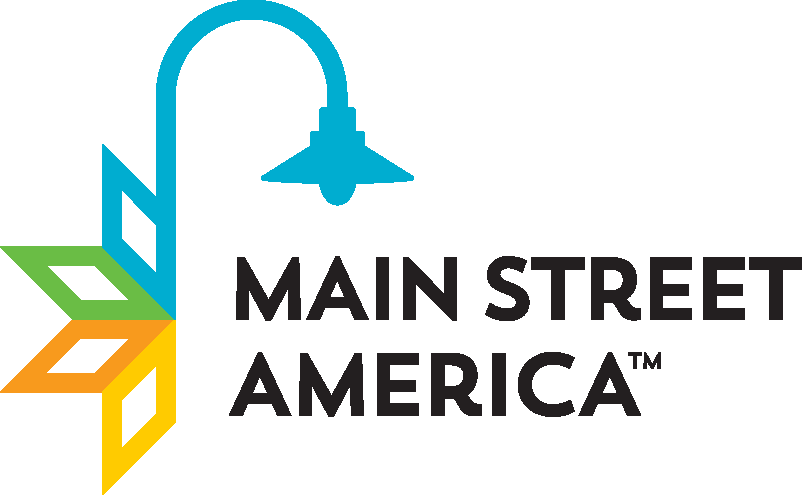Federal tax incentives are available for owners of an income producing historic property who carry out a substantial rehabilitation.
See the Federal Tax Incentives Program Fact Sheet for more.
- Federal Rehabilitation Investment Tax Credit (RITC)
A federal income tax credit equal to 20 percent of the project’s qualified rehabilitation expenses available ONLY for income-producing properties. All properties must be listed in, or eligible for, the National Register of Historic Places, either individually or as part of a National Register Historic District. Project work must meet the Secretary of the Interiors Standards for Rehafbilitation.The application is first reviewed by the Historic Preservation Division (HPD), then forwarded to the National Park Service for review and approval. This program is available nationwide. - Charitable Contribution Deduction
The charitable contribution deduction is taken in the form of a conservation easement, and enables the owner of a certified historic structure to receive a one-time tax deduction. A conservation easement ensures the preservation of a buildings facade by restricting the right to alter its appearance. Qualified professionals should be consulted on the matters of easement valuations and the tax consequences of their donation. To be eligible for the charitable contribution deduction, a property must be listed in the National Register of Historic Places, either individually or as a contributing building within a historic district. If located in a National Register Historic District, a Part 1 must be submitted to HPD for review and certification by NPS.



